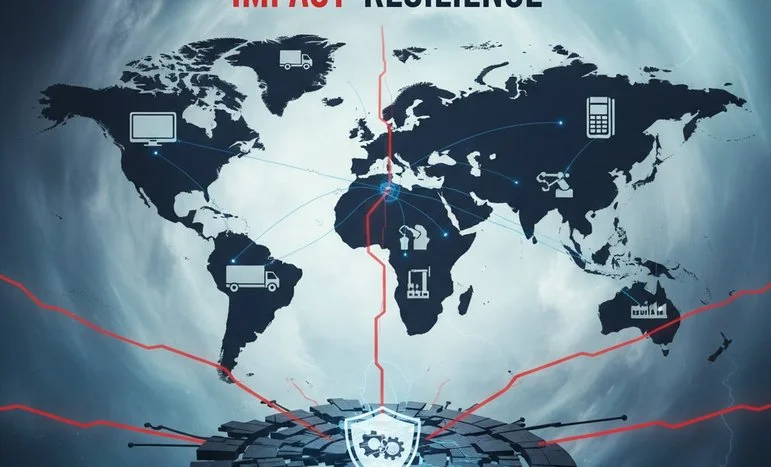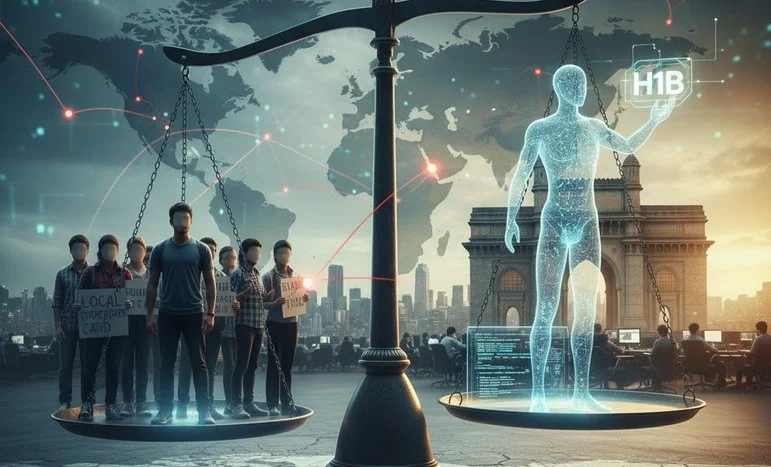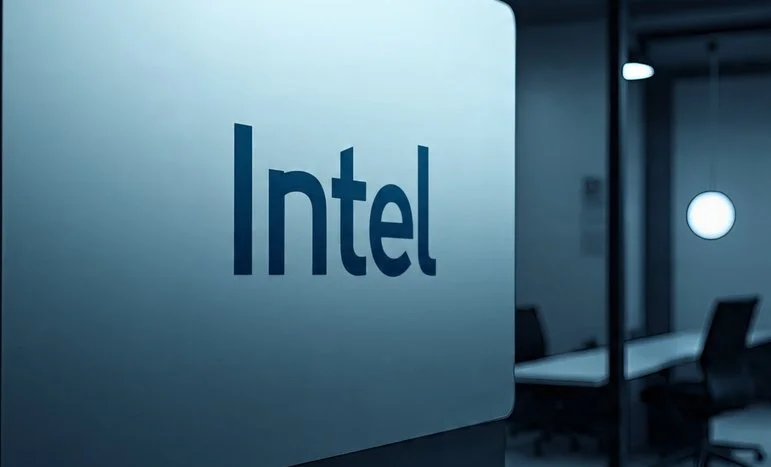
Generative AI Reshapes Workflows but Revives Old Fears of Job Displacement
Introduction
Generative AI continues to dominate workplace innovation and economic debate, reshaping how businesses operate and how employees adapt. With estimates suggesting that up to 40% of global work hours are being impacted by automation, AI’s transformative potential is undeniable.
However, the hype has sparked a familiar anxiety—concerns about mass job losses reminiscent of offshoring trends in the early 2000s. Despite the fears, experts argue that today’s AI wave is likely to restructure work rather than erase it.
Over the past three years, searches for “generative AI” have surged by 608%, fueled by new X (formerly Twitter) threads exploring creative startup use cases and productivity breakthroughs.
The 40% Work Hour Impact: Context and Reality
A series of recent studies from consulting firms and AI think tanks estimate that generative AI could automate or assist in nearly two-fifths of all work-related tasks.
Unlike earlier automation, this shift affects not just manual processes but also cognitive and creative functions—from writing and coding to design and strategy.
Yet, many of these same studies emphasize that automation complements rather than replaces human talent. Most AI tools today act as assistants, amplifying output rather than fully displacing employees.
“Generative AI is the new co-worker, not the replacement,” notes one McKinsey analyst. “Companies that integrate it wisely will gain productivity without losing people.”
Efficiency Gains Across Sectors
The industries adopting AI most aggressively—marketing, software development, finance, and customer support—report measurable efficiency improvements.
- Marketing: AI-generated content reduces campaign turnaround time by over 60%.
- Software Development: Code assistants handle debugging and repetitive tasks, letting engineers focus on architecture.
- Finance: Automation streamlines document processing and compliance monitoring.
- Customer Service: Chatbots now resolve up to 70% of inquiries without human escalation.
In each case, humans remain essential, providing context, judgment, and creativity that machines cannot replicate.
The Illusion of Job Cuts
While headlines warn of AI-induced unemployment, many economists see parallels to past offshoring and automation waves—where initial layoffs were followed by new job creation in emerging sectors.
The illusion of job cuts, they argue, comes from reallocated tasks, not disappearing roles. For instance, automating administrative chores enables professionals to spend more time on strategy, client work, or innovation.
A recent Harvard Business Review analysis found that companies integrating AI into workflows reported higher job satisfaction and retention rates, as employees offloaded routine work to focus on higher-value objectives.
Lessons from the Offshoring Era
During the early 2000s, the offshoring boom sparked similar fears of economic hollowing. Yet within a decade, economies rebalanced as new domestic industries—like SaaS, mobile development, and e-commerce—absorbed displaced talent.
The same dynamic could apply to AI transformation. As repetitive roles fade, demand for prompt engineers, AI ethicists, model trainers, and workflow integrators is rising sharply.
Startup Trends: The New AI Playbook
The surge in AI startup activity mirrors the early internet era. Founders are leveraging generative models for timeless applications such as:
- Automated customer outreach
- Personalized content engines
- Real-time translation
- Financial forecasting
- Education and tutoring systems
These use cases, often shared across viral X threads and LinkedIn posts, emphasize human-AI collaboration rather than replacement.
Startups that position AI as a co-pilot tool—augmenting rather than automating—are attracting the most investor confidence and public trust.
Balancing Innovation and Ethics
As AI becomes mainstream, questions about data privacy, bias, and intellectual property remain unresolved. Policymakers across the U.S. and Europe are considering frameworks to balance innovation with accountability.
Yet overregulation could risk stalling progress, particularly for smaller firms relying on open-source AI models to compete with Big Tech.
Industry groups advocate for transparent AI governance, ensuring responsible deployment without curbing creativity.
Productivity vs. Employment: A False Choice?
Generative AI’s impact is best viewed not through the lens of replacement, but redistribution. By absorbing time-consuming, repetitive functions, AI tools expand bandwidth for critical thinking, emotional intelligence, and complex decision-making—skills uniquely human.
The result: higher efficiency, lower burnout, and faster innovation cycles.
Still, this transformation demands reskilling and adaptation. Governments and corporations are investing in AI literacy to bridge gaps in understanding and ensure that automation enhances rather than excludes.
Economic and Social Implications
The global economic ripple of AI transformation could rival the Industrial Revolution—if managed well.
Regions embracing AI-driven productivity could experience GDP boosts of 1–2% annually, while those that resist risk stagnation.
However, failure to communicate AI’s collaborative potential could lead to public backlash, echoing the mistrust seen during earlier tech shifts.
Generative AI is reshaping the global workforce, redefining how efficiency and creativity intersect. While fears of job displacement persist, the evidence suggests a more nuanced reality—augmentation, not annihilation of human roles.
Just as offshoring transformed rather than destroyed industries, AI promises to reallocate labor toward more strategic, imaginative, and value-creating work.
With search interest up 608% and public discourse expanding across digital platforms, the debate around AI’s future is not about whether it replaces us—but how we choose to work with it.
We appreciate that not everyone can afford to pay for Views right now. That’s why we choose to keep our journalism open for everyone. If this is you, please continue to read for free.
But if you can, can we count on your support at this perilous time? Here are three good reasons to make the choice to fund us today.
1. Our quality, investigative journalism is a scrutinising force.
2. We are independent and have no billionaire owner controlling what we do, so your money directly powers our reporting.
3. It doesn’t cost much, and takes less time than it took to read this message.
Choose to support open, independent journalism on a monthly basis. Thank you.














